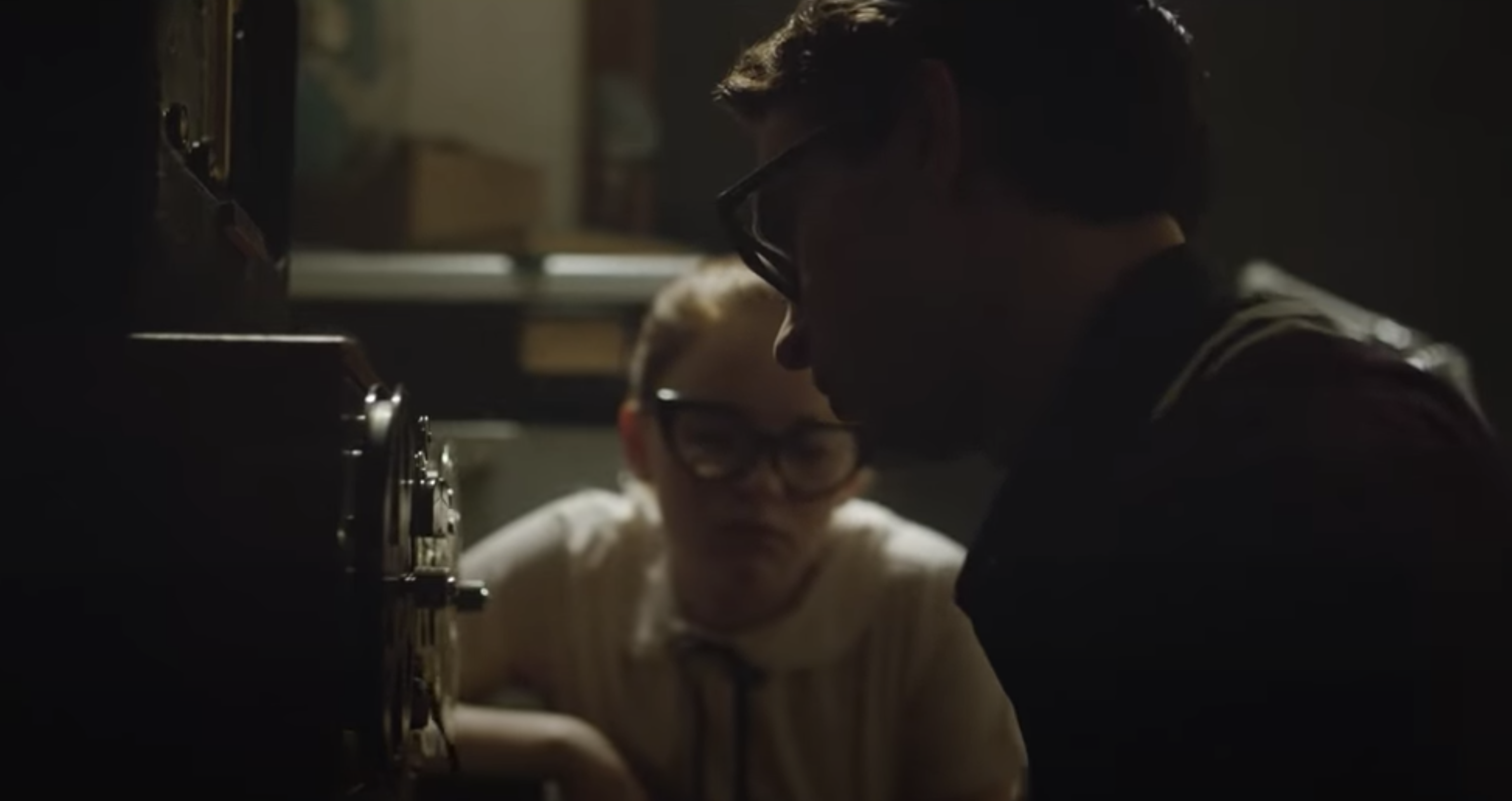“Holy Motors” vows the press in Cannes – REVIEW
“All God does is watch us and kill us when we get boring. We must never, ever be boring” (Chuck Palahniuk). I think that Chuck Palahniuk must be a fan of Leos Carax’s films. Because the diminutive French filmmaker’s “Holy Motors,” which is competing for the Palme D’Or, is never boring as his new film shows. “Holy Motors” represents everything that’s cinema ought to be: poetic, unpracticed in following convention and filled with mystery. Here’s the film’s opening scene:
A wiry-thin man walks uneasily across a bedroom in his pajamas; he stops in front of a wall with a trompe-l’oeil forest painted on it. Using a strange contraption where his middle finger would normally be he turns the mechanism which allows him to open a door hidden into the wall—there’s a hallway, leading to a movie theatre down below. People in a movie theatre, they seem to be watching but they’re completely frozen, their eyes shut.
Leos Carax, who makes his cameo as the pajama man, inscribes himself in our mind’s eye immediately, like an eccentric demigod looming over us from his rickety tower. Who are these people in the audience, and what were they not watching?
His “Motors,” too, looms over most of the other films in the selection this year, at the halfway mark (Cristian Mungiu and Michael Haneke also made a lasting impression with their respective projects). The new Carax is inventive, generous in its use of concepts and references, and more exciting than anything which I’ve seen in a long while. Like poetry it’s contemplative, and also sad.
Remember Wim Wenders’s “Wings of Desire”? Carax’s film reminded me of “Wings,” the two films share the same ether, that melancholy that comes with reflecting on our own mortality: what if other kinds of beings lived among us, watching us, even entering our bodies and souls for a few moments, repairing the missing link?
As a curious aside, the main character which is played by Carax’s muse actor Denis Lavant, rides in a white stretch limo from appointment to appointment (the driven by a woman in a white suite who could be France’s answer to Jane Lynch). Whereas this year’s music was courtesy of Bruce Springsteen (the Trentmoeller remix, which is heard in the new Jacques Audiard film “Rust and Bone”), the car is a white stretch limo. Carax and Cronenberg both gave the too-lavish vehicle the spotlight this year.
Monsieur Oscar (Lavant) is driven throughout the night from one appointment to the next. His driver, well organized, places file folders on his seat next to him for Monsieur Oscar to consult as they head to the appointment. As they go from address to address and fulfill various missions, the interior of the limo morphs into some burlesque performance artist’s room. Wigs, fake teeth, the entire panoply of human-like effects is at Monsieur Oscar’s disposal, to turn into whoever he needs to (as per what’s on the appointment book, of course). It’s almost as if Lavant’s Oscar walked into a story, performing a character or an action that fulfilled a need, and then got driven to another story and did it over again, but this time as a nonagerian in an upscale doorman building, or as a contract killer, or as a bag lady begging on a bridge (I think I recognized the Pont Neuf in Paris).
You could assign multiple metaphors to these repeat changes in character; or, you could just soak in the mysteries of “Holy Motors,” relish its originality and breathe a sigh of relief, like I did, that there are still filmmakers out there who have the audacity to confound.
news via inbox
Nulla turp dis cursus. Integer liberos euismod pretium faucibua


